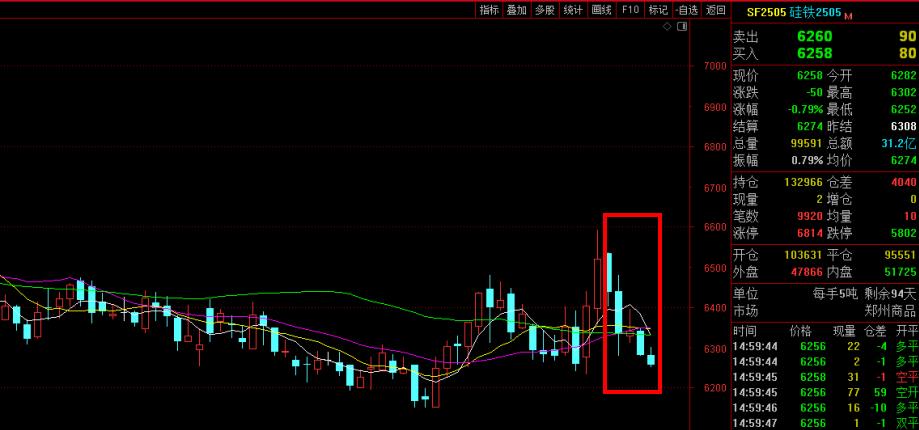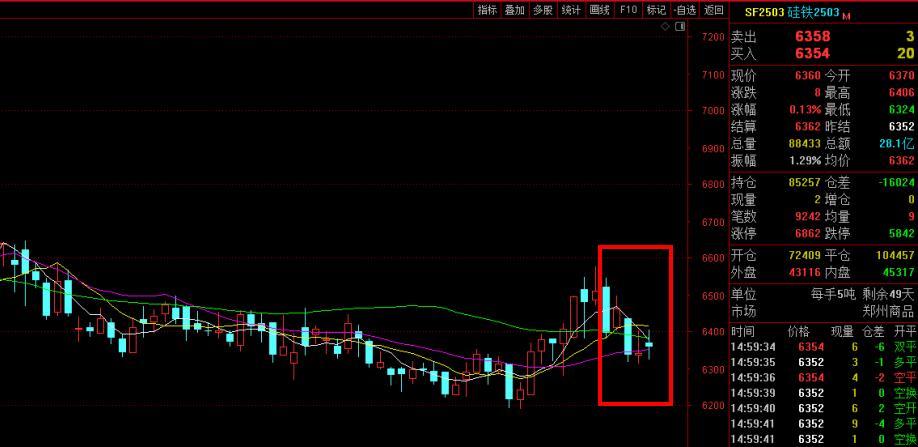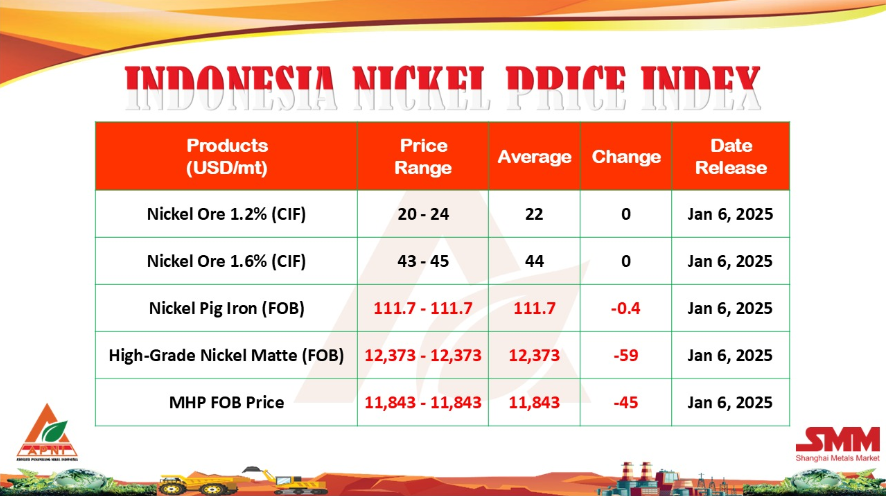[Ferro-alloys.com]Canada is the only G8 country in the world that does not have a stainless steel sector. Carbon steel plants mainly concentrated in Ontario at Hamilton, Nanticoke and Sault Ste. Marie.
Stainless steels are more valuable than carbon steels due to their corrosion and rust resistance due to the addition of chromite. Nickel is added to some varieties of stainless steels to increase the hardness and strength, further corrosion resistance as well as enabling the material to withstand extreme cold and hot temperatures without becoming brittle or deforming.
Of the 3 major types of stainless steels, austenitc, martensitic and ferritic, all of which contain at least 10.5% of chromite, only the first variety uses nickel. Just a quick fact for context, the world produces roughly 24 million tonne of chromite ore while only about 1.8 million tonne of nickel is used on a yearly basis.
Between 1945 and 1977, Sudbury was the source of between approximately 80 and 50% of the western world’s nickel production, a key ingredient in some stainless steel grades, as well as vital for military production. Yet many feel Ontario failed to leverage that overwhelming global dominance into a thriving stainless steel sector on some Great Lake location.
Last spring, the NDP proposed a bill in the provincial legislature that would slightly promote the value-added processing of all mineral commodities inside Ontario with grandfathered exceptions to existing operations. They highlighted the fact that a stainless steel mill should be built in northern Ontario to take advantage of the region’s chromite and nickel resources.
They also focused on the issue that Ontario’s high energy costs should be revised in order to attract one of the global stainless steel producers.
The histrionics from both the Liberals and Conservatives sounded like the bill was the first step to nationalization instead encouraging more processing jobs inside the province when economically feasible. There is considerable merit to the NDP strategy and the Wynne government which is currently canvassing the province for “job generating ideas” would be wise to pay attention.
Let’s not forget that the rich chromite deposits in the Ring of Fire belong to the people of Ontario and as Drohan aptly stated that “With ownership comes the responsibility to be careful stewards over the long haul.”
South Africa which has a stainless steel industry has a very different attitude towards its rich geological heritage that includes a policy of resource-based industrialization that can produce more jobs than the mining sector by itself.
The country aims to set aside strategic mineral reserves in order to support domestic beneficiation the transformation or increase in value of resources but within a free-market economy. The government knows not all projects are amendable to this policy and each project will be accessed to gain maximum value.
Gold Fields is a major South Africa based gold producer with operations in that country as well as Peru, Ghana and Australia. In a recent speech in Johannesburg, CEO Mr Nick Holland appears to echo Drohan and stated that “We believe that the appropriate description of resource nationalism is a country’s efforts to extract the maximum value and develop an impact from finite resources in the ground. Surely governments are correct in wanting to extract as much as they can for the benefit of the country and their people from these finite resources. In fact, we would even go further and say not only is it legitimate, it is actually their duty for the benefit of their people.”
But it is a tiny country with a medium sized chromite deposit that has many lessons to teach Ontario about value-added resource development.
Finland is a northern European country of 5.3 million people with a similar climate to northern Ontario and a very high standard of living. A recent bold policy document highlights the country’s strategic mining vision: Mineral raw materials produced in Finland are only exported to a very small extent. Consequently Finnish raw materials primarily benefit downstream production within Finland.
One of the great success stories of this policy is the world’s biggest stainless steel producer Outokumpu Group which owns one medium sized chromite mine in the Arctic town of Kemi which was discovered in 1959.
From the very beginning, government officials were planning to build not only a ferrochrome furnace but a stainless steel facility as well. At that time Outokumpu was owned by the government but since has been largely privatized. The government still owns roughly 30% of the company somewhat similar in principle to the strategic ownership the Brazilian government has over Vale. The Polish government also retains about 30% ownership of KGHM.
As part of Finland’s regional industrial development plans, Tornio, located 25 kilometers south of the mine on the Gulf of Bothnia was the location of the ferrochrome furnace. In 1976, a stainless steel plant was build adjacent to the ferrochrome furnace to optimize both energy costs and other economic efficiencies, and establish a fully integrated mining and manufacturing operation
Not one pound of chromite ore leaves Finland before it is transformed into stainless steel.
Geological colleagues of mine confess that the chromite deposits at Kemi are not as rich or large as those in the Ring of Fire
Stainless steels are more valuable than carbon steels due to their corrosion and rust resistance due to the addition of chromite. Nickel is added to some varieties of stainless steels to increase the hardness and strength, further corrosion resistance as well as enabling the material to withstand extreme cold and hot temperatures without becoming brittle or deforming.
Of the 3 major types of stainless steels, austenitc, martensitic and ferritic, all of which contain at least 10.5% of chromite, only the first variety uses nickel. Just a quick fact for context, the world produces roughly 24 million tonne of chromite ore while only about 1.8 million tonne of nickel is used on a yearly basis.
Between 1945 and 1977, Sudbury was the source of between approximately 80 and 50% of the western world’s nickel production, a key ingredient in some stainless steel grades, as well as vital for military production. Yet many feel Ontario failed to leverage that overwhelming global dominance into a thriving stainless steel sector on some Great Lake location.
Last spring, the NDP proposed a bill in the provincial legislature that would slightly promote the value-added processing of all mineral commodities inside Ontario with grandfathered exceptions to existing operations. They highlighted the fact that a stainless steel mill should be built in northern Ontario to take advantage of the region’s chromite and nickel resources.
They also focused on the issue that Ontario’s high energy costs should be revised in order to attract one of the global stainless steel producers.
The histrionics from both the Liberals and Conservatives sounded like the bill was the first step to nationalization instead encouraging more processing jobs inside the province when economically feasible. There is considerable merit to the NDP strategy and the Wynne government which is currently canvassing the province for “job generating ideas” would be wise to pay attention.
Let’s not forget that the rich chromite deposits in the Ring of Fire belong to the people of Ontario and as Drohan aptly stated that “With ownership comes the responsibility to be careful stewards over the long haul.”
South Africa which has a stainless steel industry has a very different attitude towards its rich geological heritage that includes a policy of resource-based industrialization that can produce more jobs than the mining sector by itself.
The country aims to set aside strategic mineral reserves in order to support domestic beneficiation the transformation or increase in value of resources but within a free-market economy. The government knows not all projects are amendable to this policy and each project will be accessed to gain maximum value.
Gold Fields is a major South Africa based gold producer with operations in that country as well as Peru, Ghana and Australia. In a recent speech in Johannesburg, CEO Mr Nick Holland appears to echo Drohan and stated that “We believe that the appropriate description of resource nationalism is a country’s efforts to extract the maximum value and develop an impact from finite resources in the ground. Surely governments are correct in wanting to extract as much as they can for the benefit of the country and their people from these finite resources. In fact, we would even go further and say not only is it legitimate, it is actually their duty for the benefit of their people.”
But it is a tiny country with a medium sized chromite deposit that has many lessons to teach Ontario about value-added resource development.
Finland is a northern European country of 5.3 million people with a similar climate to northern Ontario and a very high standard of living. A recent bold policy document highlights the country’s strategic mining vision: Mineral raw materials produced in Finland are only exported to a very small extent. Consequently Finnish raw materials primarily benefit downstream production within Finland.
One of the great success stories of this policy is the world’s biggest stainless steel producer Outokumpu Group which owns one medium sized chromite mine in the Arctic town of Kemi which was discovered in 1959.
From the very beginning, government officials were planning to build not only a ferrochrome furnace but a stainless steel facility as well. At that time Outokumpu was owned by the government but since has been largely privatized. The government still owns roughly 30% of the company somewhat similar in principle to the strategic ownership the Brazilian government has over Vale. The Polish government also retains about 30% ownership of KGHM.
As part of Finland’s regional industrial development plans, Tornio, located 25 kilometers south of the mine on the Gulf of Bothnia was the location of the ferrochrome furnace. In 1976, a stainless steel plant was build adjacent to the ferrochrome furnace to optimize both energy costs and other economic efficiencies, and establish a fully integrated mining and manufacturing operation
Not one pound of chromite ore leaves Finland before it is transformed into stainless steel.
Geological colleagues of mine confess that the chromite deposits at Kemi are not as rich or large as those in the Ring of Fire
Copyright © 2013 Ferro-Alloys.Com. All Rights Reserved. Without permission, any unit and individual shall not copy or reprint!
- [Editor:editor]



 Save
Save Print
Print Daily News
Daily News Research
Research Magazine
Magazine Company Database
Company Database Customized Database
Customized Database Conferences
Conferences Advertisement
Advertisement Trade
Trade














 Online inquiry
Online inquiry Contact
Contact

Tell Us What You Think